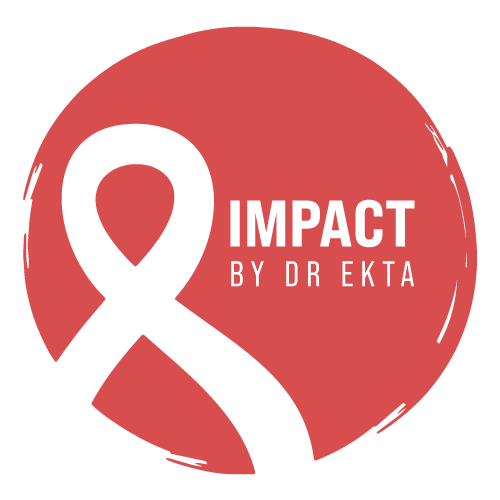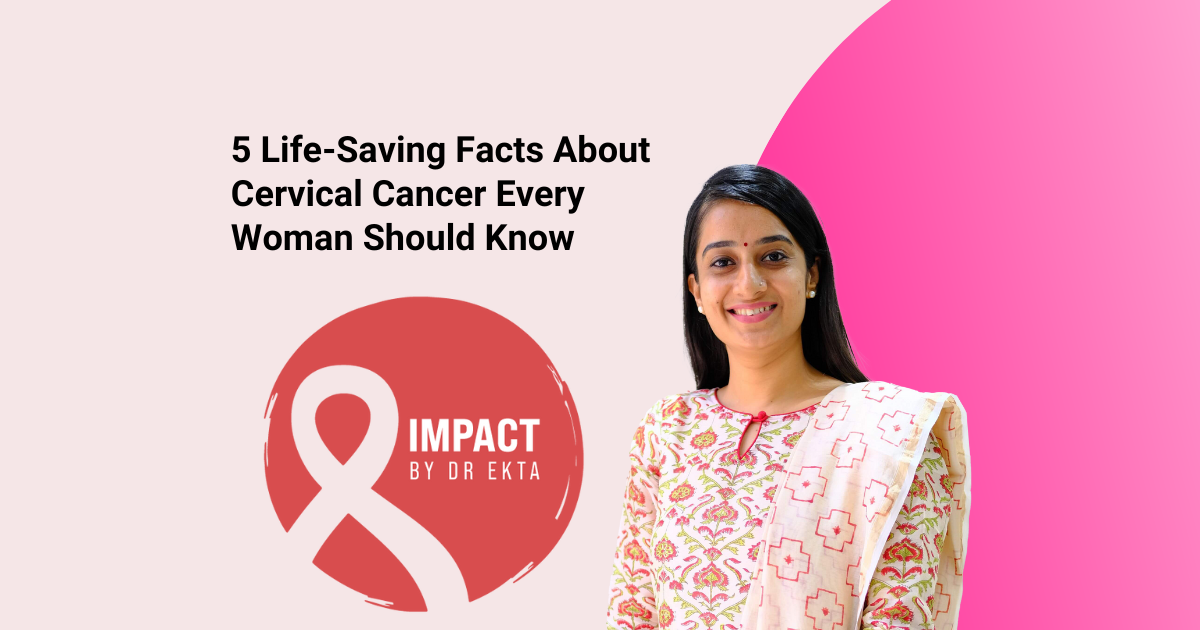I have seen firsthand how cervical cancer impacts the lives of women and their families. However, I have also witnessed the power of early detection and prevention in saving lives. Cervical cancer is one of the most preventable and treatable cancers when diagnosed in its early stages. Yet, many women remain unaware of the key facts that could help them protect themselves from this disease.
To empower women with knowledge, I want to share five life-saving facts about cervical cancer that every woman should know.
1. Human Papillomavirus (HPV) is the Leading Cause of Cervical Cancer
The primary cause of cervical cancer is persistent infection with high-risk strains of the human papillomavirus (HPV). HPV is a common virus transmitted through sexual contact, and nearly every sexually active person will encounter it at some point. However, most HPV infections clear on their own without causing harm.
In some cases, though, the virus remains in the body, leading to changes in cervical cells that can eventually develop into cervical cancer. This is why regular screenings are essential, catching these changes early can prevent cancer from developing.
2. Regular Screenings Can Detect Cervical Cancer Early
One of the most important steps in preventing cervical cancer is undergoing regular screenings. The Pap smear (Pap test) and the HPV test are crucial tools in detecting precancerous or cancerous changes in the cervix.
- Pap smear: This test identifies abnormal cervical cells that may develop into cervical cancer if left untreated.
- HPV test: This checks for the presence of high-risk HPV strains known to cause cervical cancer.
The combination of these tests provides a strong defense against cervical cancer by allowing early intervention when necessary. I always encourage my patients to follow their doctor’s recommendations on how often they should be screened based on their age and medical history.
3. Cervical Cancer is Preventable with the HPV Vaccine
The introduction of the HPV vaccine has been a game-changer in reducing the risk of cervical cancer. The vaccine protects against the most common high-risk HPV types that cause approximately 70% of cervical cancer cases.
- It is recommended for girls and boys between the ages of 9 to 26.
- The vaccine is most effective when given before an individual becomes sexually active.
- Even if you are older and have already been exposed to HPV, the vaccine may still provide some protection.
By vaccinating our younger generations, we have the opportunity to significantly reduce the number of cervical cancer cases in the future.
4. Cervical Cancer May Not Show Symptoms in Early Stages
One of the most concerning aspects of cervical cancer is that it often develops silently in its early stages. Many women do not experience any symptoms until the disease has progressed. However, as the cancer advances, symptoms may include:
- Unusual vaginal bleeding, such as bleeding after intercourse, between periods, or after menopause.
- Pelvic pain or discomfort during sexual activity.
- Foul-smelling vaginal discharge.
- Pain during urination or bowel movements.
Since these symptoms can also be associated with other conditions, it is essential to see a doctor if you experience any unusual changes in your health. Early detection remains the best way to ensure successful treatment of cervical cancer.
5. A Healthy Lifestyle Can Reduce Cervical Cancer Risk
While HPV infection is the main cause of cervical cancer, certain lifestyle choices can influence an individual’s risk of developing the disease. Making healthier choices can contribute to better overall well-being and reduce cancer risks.
- Quit smoking: Smoking weakens the immune system, making it harder for the body to fight off HPV infections.
- Practice safe sex: Using condoms and limiting the number of sexual partners can reduce HPV exposure.
- Eat a balanced diet: A diet rich in fruits, vegetables, and antioxidants supports a strong immune system.
- Exercise regularly: Maintaining a healthy weight and staying active can lower the risk of various cancers, including cervical cancer.
Taking control of these lifestyle factors can help strengthen the body’s natural defenses and reduce the likelihood of developing cervical cancer.
Final Thoughts: Knowledge is Power
My mission is to empower women with the information they need to protect themselves from cervical cancer. By understanding the role of HPV, the importance of screenings, the benefits of vaccination, recognizing symptoms, and making healthy lifestyle choices, we can significantly reduce the burden of this disease.
I urge every woman reading this to take action: schedule regular screenings, talk to your doctor about the HPV vaccine, and spread awareness among your friends and family.
Together, we can work towards a future where cervical cancer is a rare and preventable disease. Stay informed, stay proactive, and most importantly, stay healthy.

